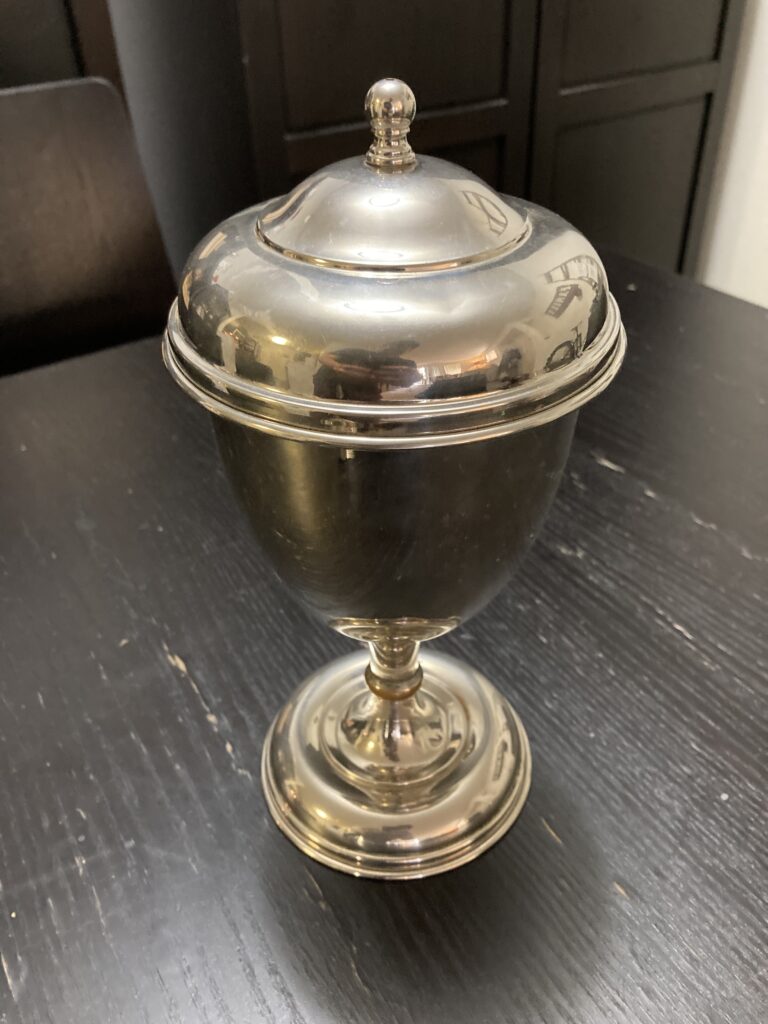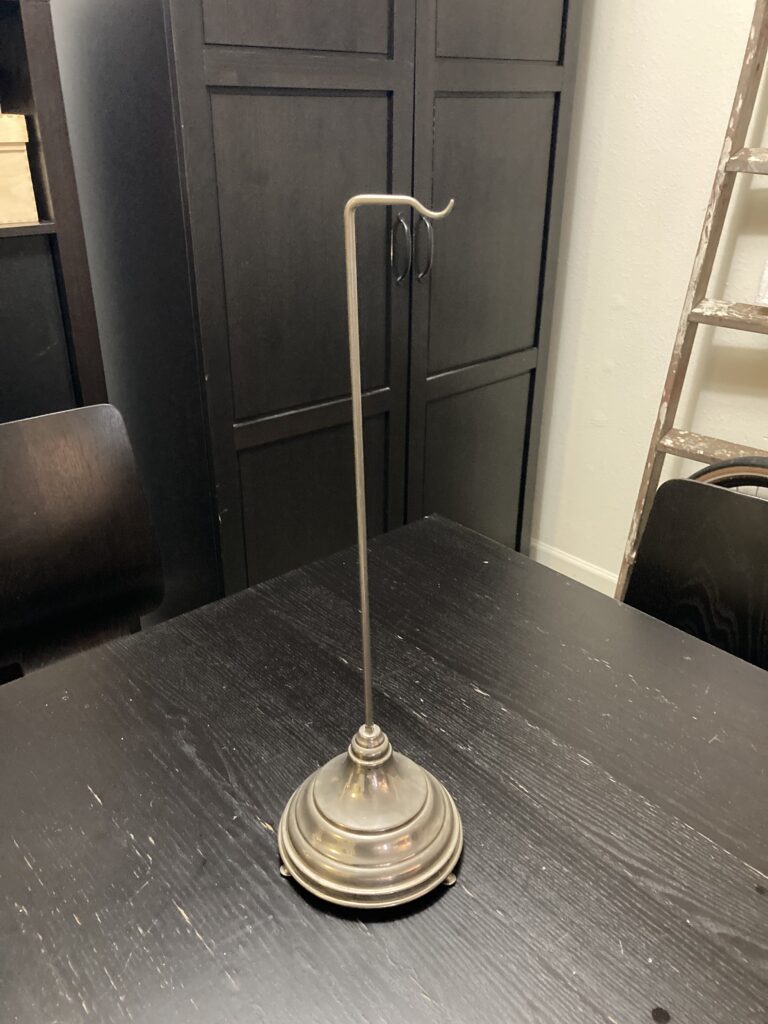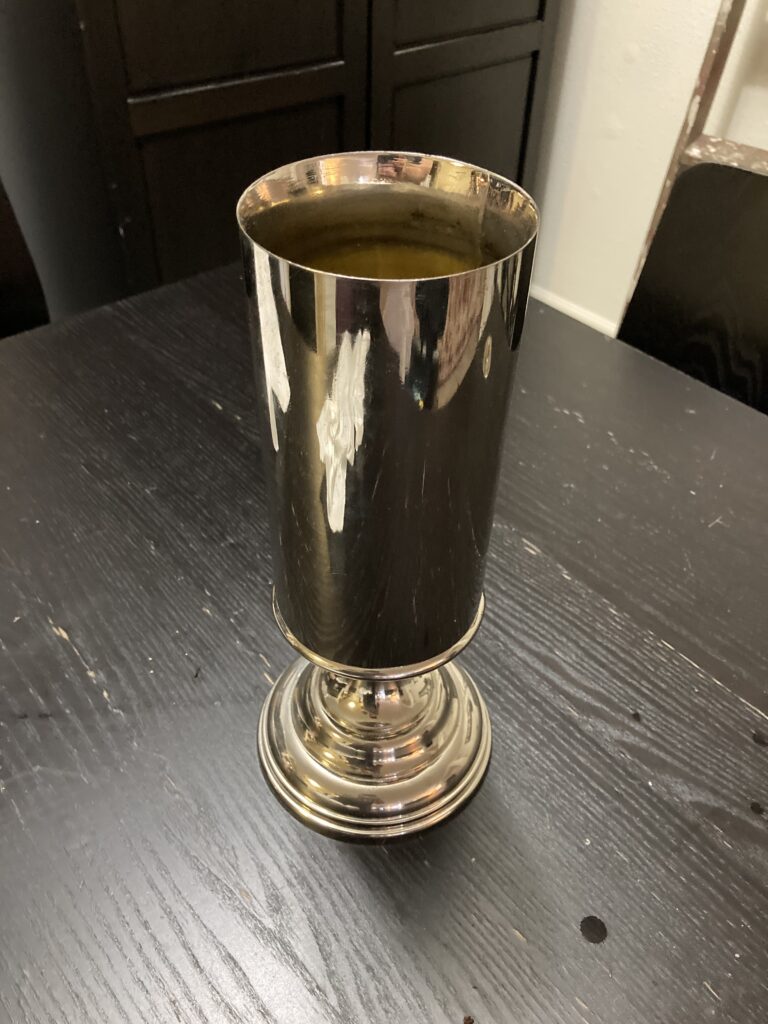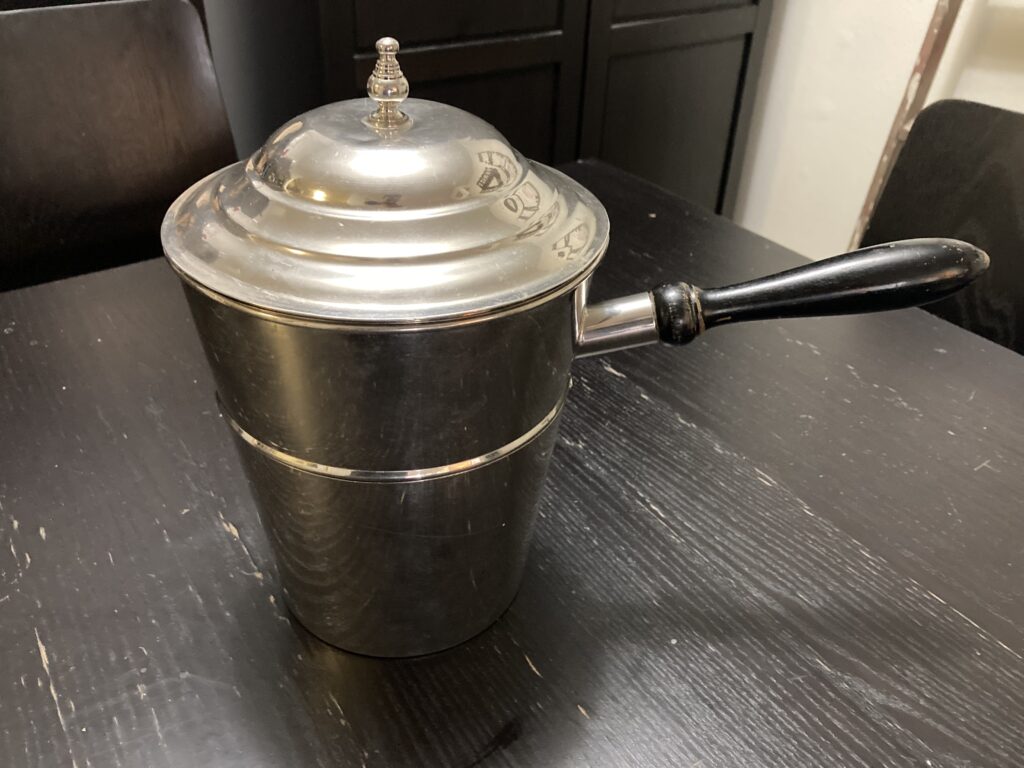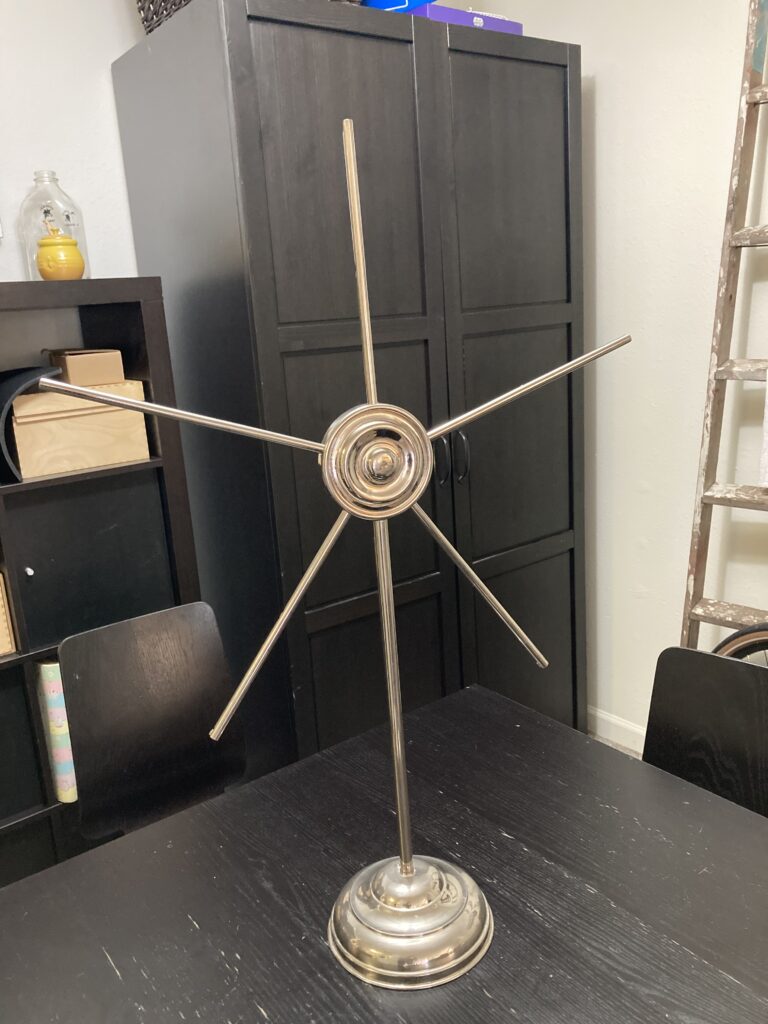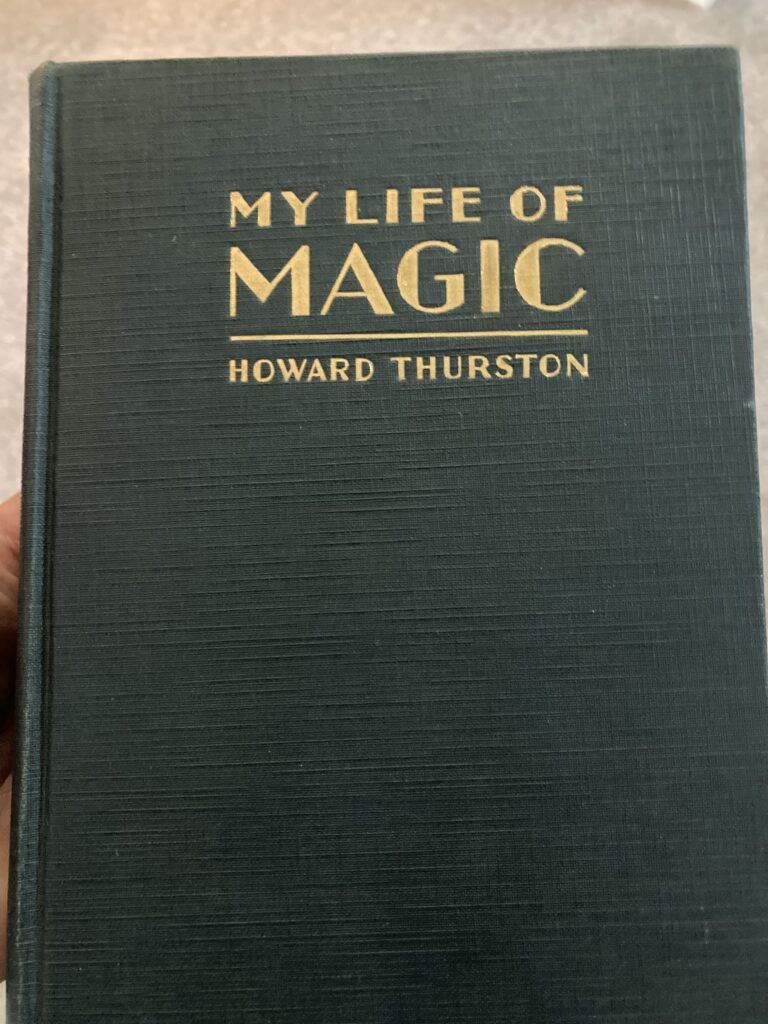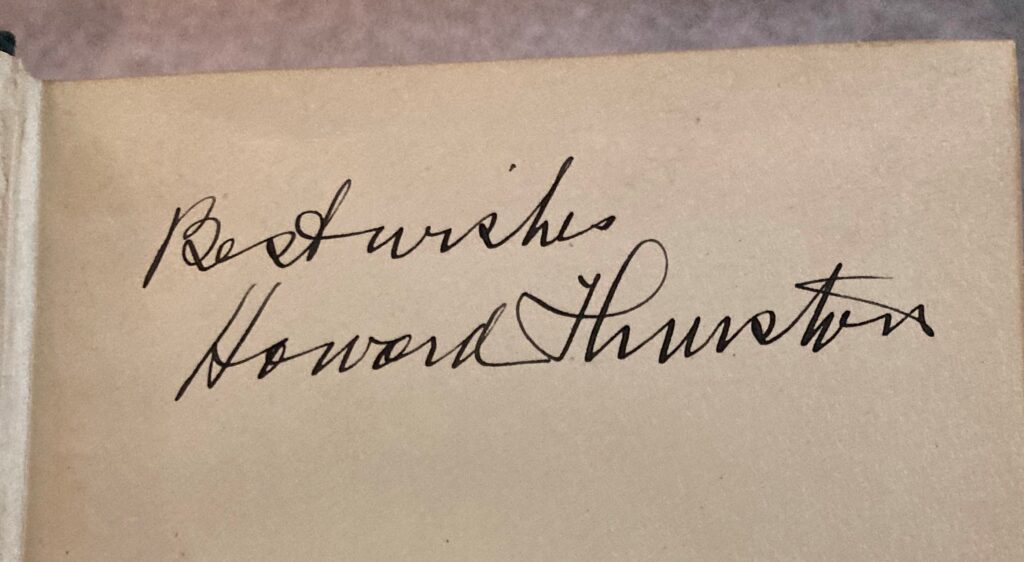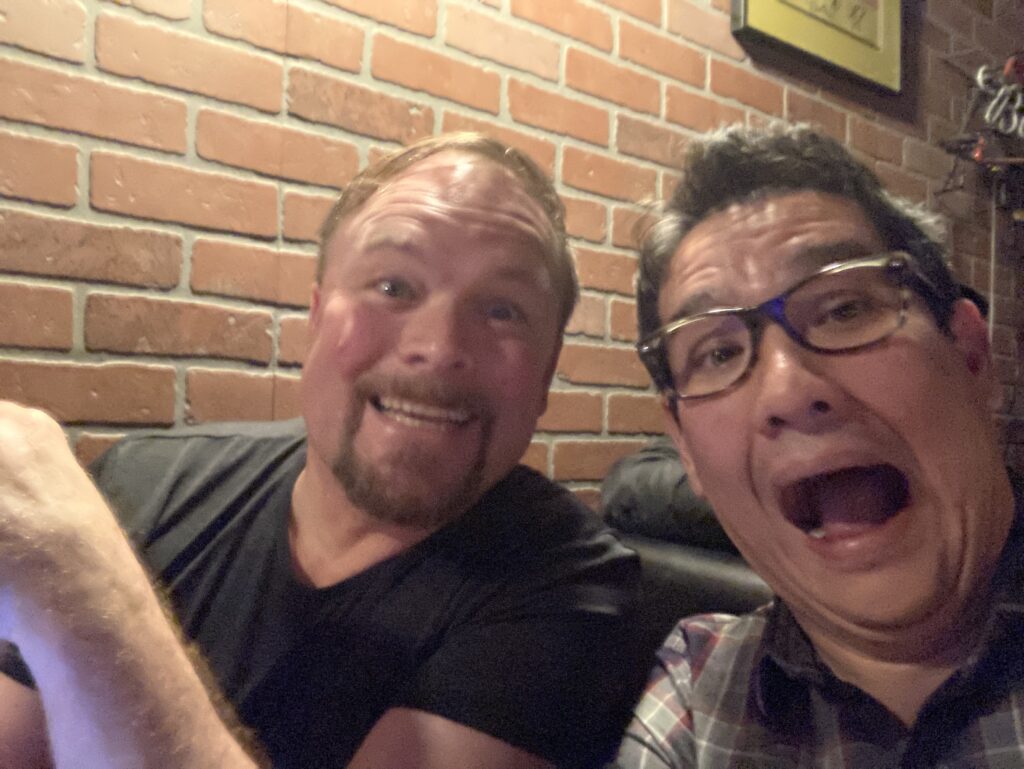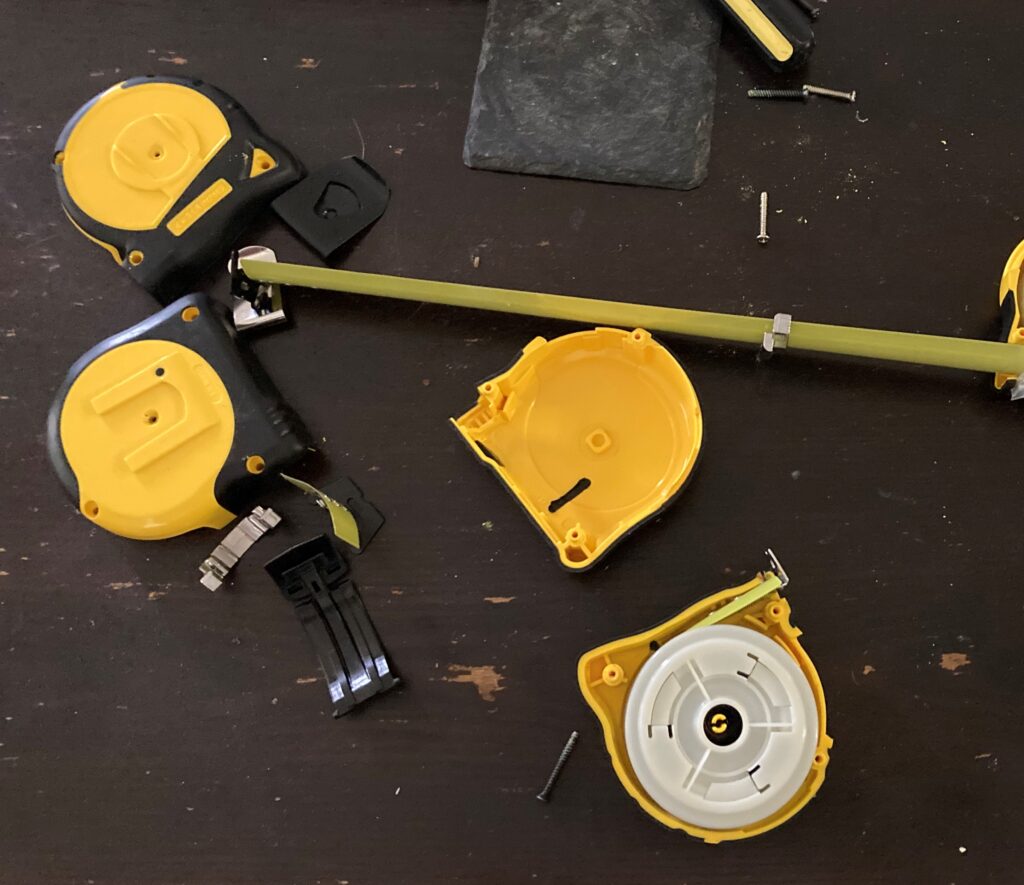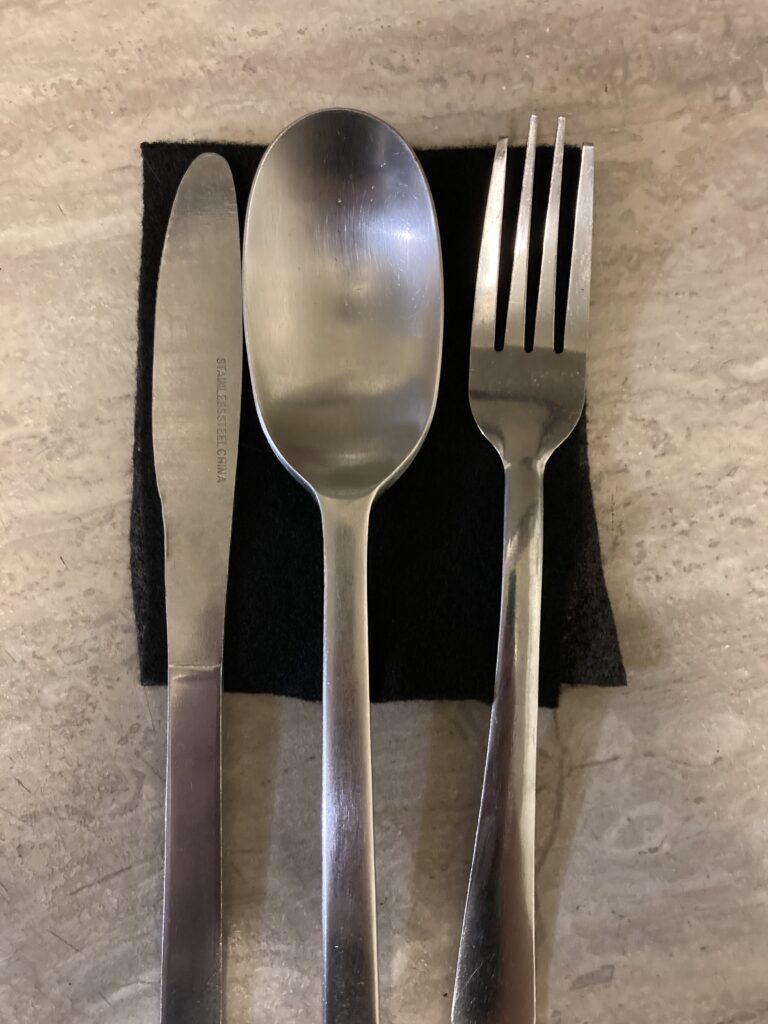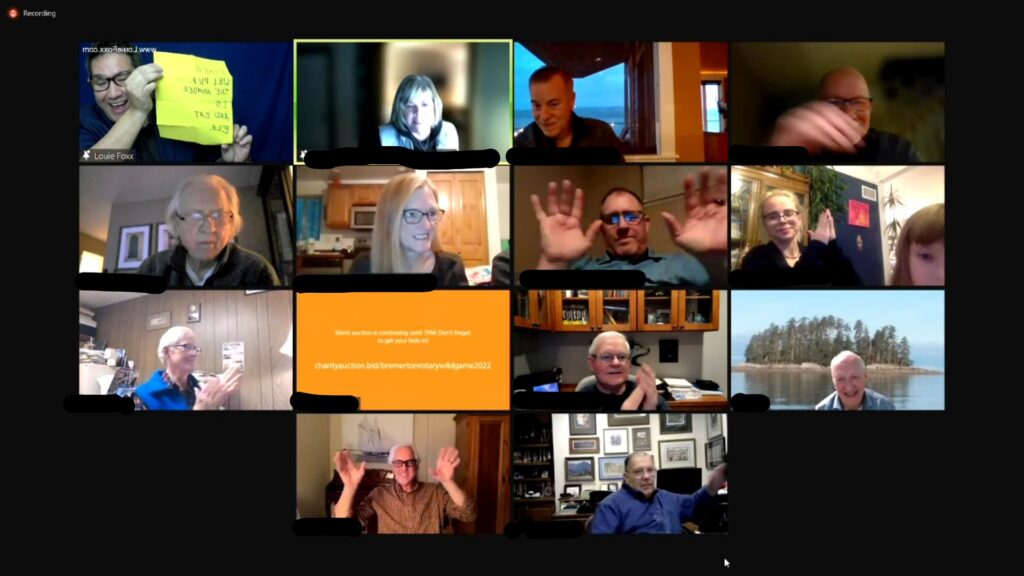The estate sale that I picked up magic from last week had a lot of magic from the 1930’s. It’s really interesting how magic changes over time and the trends seem to stick for a long time. The 1930’s was the era of everything being nickel / chrome plated!
Not too long after this era, we entered the brightly colored boxes with Asian characters on them. Currently we’re in the time of “everyday props” or props that pretend to be everyday items. However there is some movement to using props that don’t resemble everyday items as a “special” moment in the show.
There are soo many crazy methods to these tricks and soo many of them are over engineered by today’s standards on how to accomplish things. For example this table was used to make glass disappear!
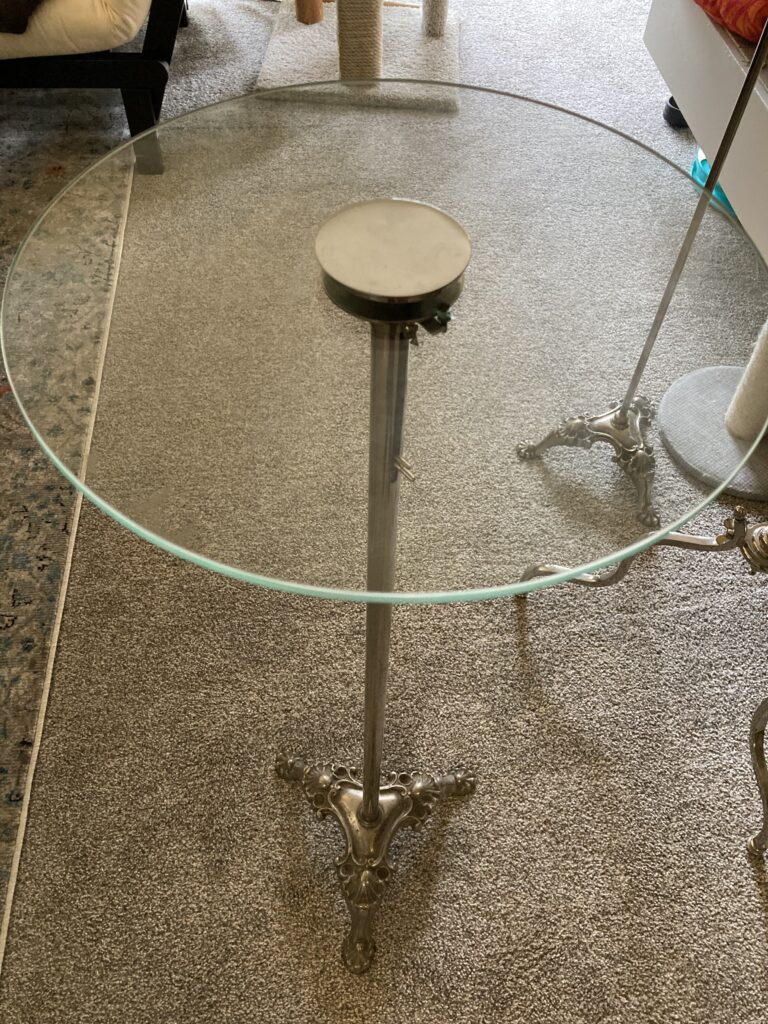
The crazy thing is that the glass isn’t that big, it’s maybe 8-10 ounces! There are better ways to do it…but they’re a little bit harder and not as fun to play with!
-Louie

